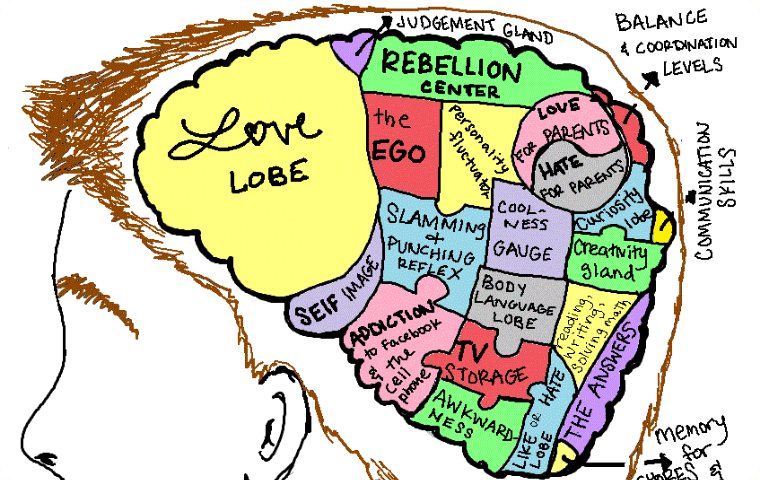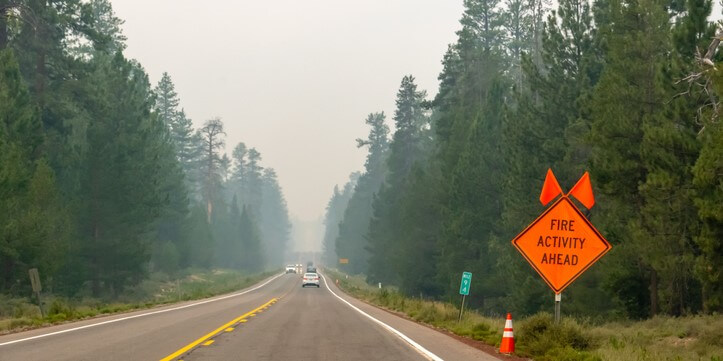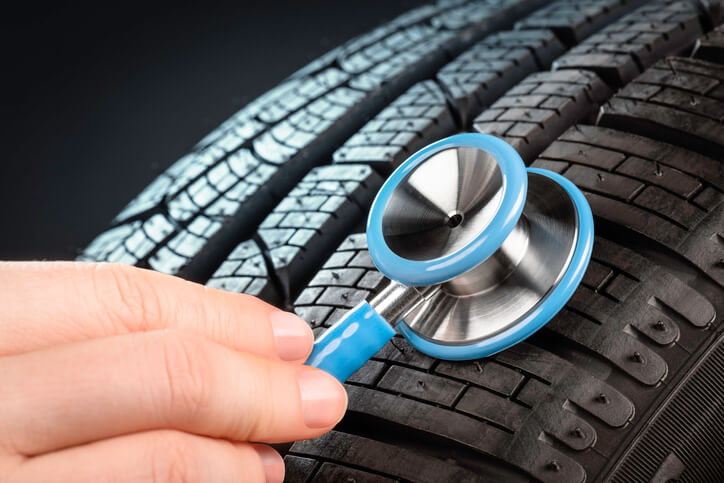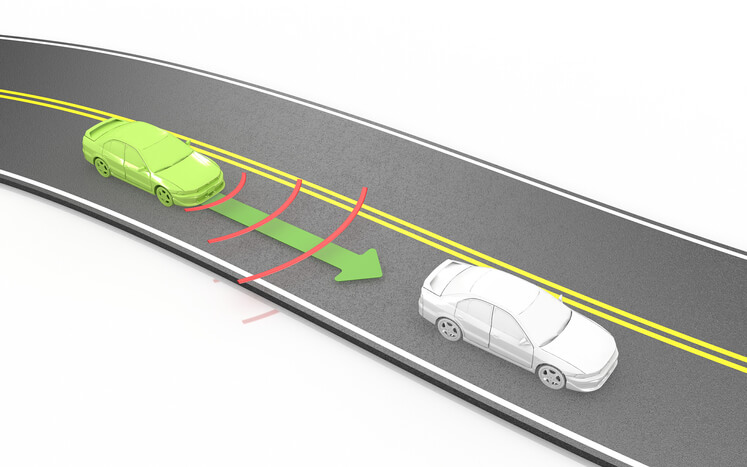Do you know the amount of space you want to maintain between you and the vehicle in front of you? With variations in speed, vehicle weight, traffic situation, and weather conditions, it can be hard to know a safe distance in the constantly changing cases you’ll face behind the wheel.
Are you finding these variables to be a bit confusing? Don’t worry. Keep reading for everything you need to know to leave a safe distance between you and any vehicle ahead.
Time and Space
The first thing you need to know about a safe following distance is that it’s far more effective to think of it in terms of time, not space.
If you are taking, or have taken, driver education, chances are you’ve heard of the 3-second rule. It’s generally thought that giving yourself a 3-second cushion between you and the vehicle ahead will leave you enough time to react to an emergency and come to a safe stop without risking a collision.
For the most part, this is true. You want to measure this window of time by finding a landmark, a road sign, a tree, whatever. You can use any fixed object you and the vehicle in front of you will be driving past. When the vehicle ahead passes your chosen marker, begin counting. If you pass that same landmark in less than 3 seconds, you’re following too closely.
It will take you at least a second to react to an oncoming danger, so it’s always better to leave yourself with more time than you might need.
But what about changing conditions and variables? Let’s look at some of the most common situations that’ll cause you to increase your following distance.
take extra care when traveling behind vehicles that make frequent stops
Following the Leader
- Heavy Traffic: Heavy traffic is hard to predict. You’ll likely be surrounded by vehicles, and if you have to act to avoid potential danger, you’ll have even less time than expected. A great situation to focus on your S.P.I.D.E.R.Senses, you’ll want to give yourself an extra-large following cushion so you’ll have time to react.
- Inclement Weather: It doesn’t take a lot of imagination to understand that poor weather conditions, like rain or snow, reduce your traction. This means it’ll take longer to come to a stop. Add this to the potential for reduced visibility, and it becomes vital to leave yourself at least a couple of extra seconds.
- Heavy Load: If you’re driving a larger/heavier vehicle than you’re used to or have your vehicle loaded up for an unusual amount of weight, all that extra mass leads to longer stopping distances. Therefore, you’ll want to increase your following time.
- Large and in Charge: A large or heavily laden vehicle ahead of you presents a similar situation. Due to the extra weight, it will take them longer to stop. Additionally, you might find yourself in one of a large vehicle’s blind spots, leaving them unable to react to you. These vehicles can also prevent you from scanning the road ahead of you, leaving you vulnerable to unknown dangers. Leave yourself a generous amount of extra following distance when a vehicle like this is up ahead.
- Official Vehicles: You need to take extra care when traveling behind vehicles that make frequent stops. Delivery trucks, ambulances, school buses, etc., are all examples of vehicles that may stop unpredictably ahead of you. This unpredictability means that you guessed it, you’ll need to leave yourself some extra following distance just in case.
Getting a feel for the following distance you need between you and the vehicle in front of you is one of the safe driving skills you’ll build over time. However, that makes it essential to be extra careful and allow yourself more than enough time to react to whatever may happen ahead. It’ll take time, but with some practice and dedication, you’ll be evaluating following distances on the fly and putting yourself in the safest possible position on the road in no time.
Liam Hoch researches and writes about safe driving for DriverZ.
Having been a passenger in multiple near-catastrophic vehicle collisions, Liam knows first-hand the dangers of distracted, reckless, and unsafe driving.
Passionate about our core principles of helping to make safer drivers and, ultimately, saving lives, Liam stays at the forefront of driving safety innovation and research.
















